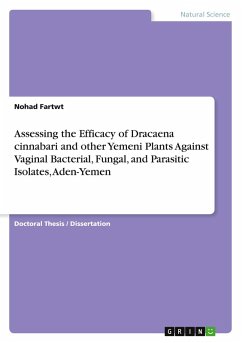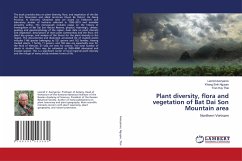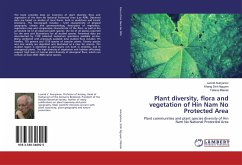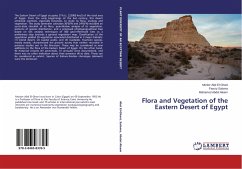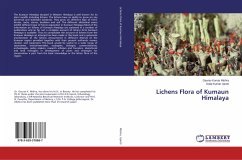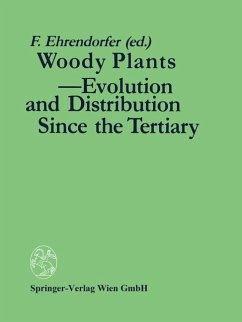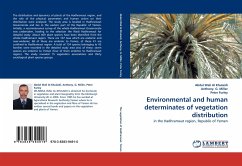
Environmental and human determinates of vegetation distribution
in the Hadhramaut region, Republic of Yemen
Versandkostenfrei!
Versandfertig in 6-10 Tagen
52,99 €
inkl. MwSt.

PAYBACK Punkte
26 °P sammeln!
The distribution and dynamics of plants of the Hadhramaut region, and the role of the physical parameters and human action on their distribution were analysed. The study area is located in Hadhramaut Governorate and lies in the eastern part of the Republic of Yemen. Initially, a reconnaissance survey of the whole Hadhramaut Governorate was undertaken, leading to the selection the Wadi Hadhramaut for detailed study. About 469 plant species have been identified from the whole Hadhramaut region. There are 107 taxa which are endemic and near-endemic; 68 of these are endemic to Yemen, of these 41 a...
The distribution and dynamics of plants of the Hadhramaut region, and the role of the physical parameters and human action on their distribution were analysed. The study area is located in Hadhramaut Governorate and lies in the eastern part of the Republic of Yemen. Initially, a reconnaissance survey of the whole Hadhramaut Governorate was undertaken, leading to the selection the Wadi Hadhramaut for detailed study. About 469 plant species have been identified from the whole Hadhramaut region. There are 107 taxa which are endemic and near-endemic; 68 of these are endemic to Yemen, of these 41 are confined to Hadhramaut region. A total of 134 species belonging to 42 families were recorded in the detailed study area and, of these, seven species are endemic to Yemen (four of them endemic to Hadhramaut region). The study revealed 15 vegetation associations and thirty sociological plant species groups.



